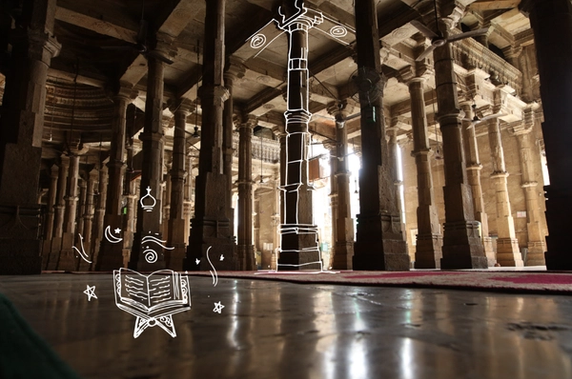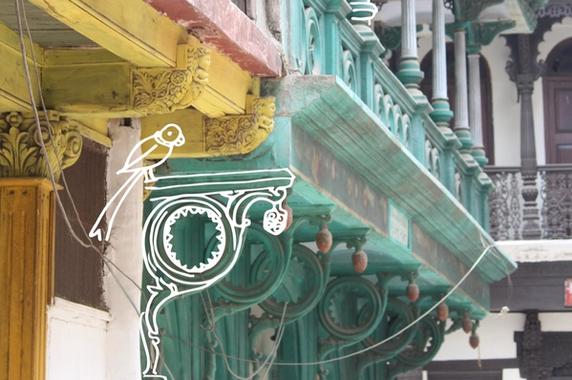Ahmedabad Neighbourhoods
The walled city of Ahmedabad is loud, proud, poor, rich, traditional and progressive all jostled together in a dazzling potpourri of colour and ethnicity. The small streets seem like chaos, but there is a bond that holds it all together and creates a unique cross-cultural concoction of Muslims, Hindus, Buddhists, Jains, Parsis, Christians and Jews who live, work, pray and play side by side.
- Bhadra भद्र
 The spiritual heart of the historic city ऐतिहासिक शहर का आध्यात्मिक हृदय
The spiritual heart of the historic city ऐतिहासिक शहर का आध्यात्मिक हृदय - Khadia खाडिया
 Living labyrinth of traditional pols पारंपरिक पोल की जीवित भूलभुलैया
Living labyrinth of traditional pols पारंपरिक पोल की जीवित भूलभुलैया
